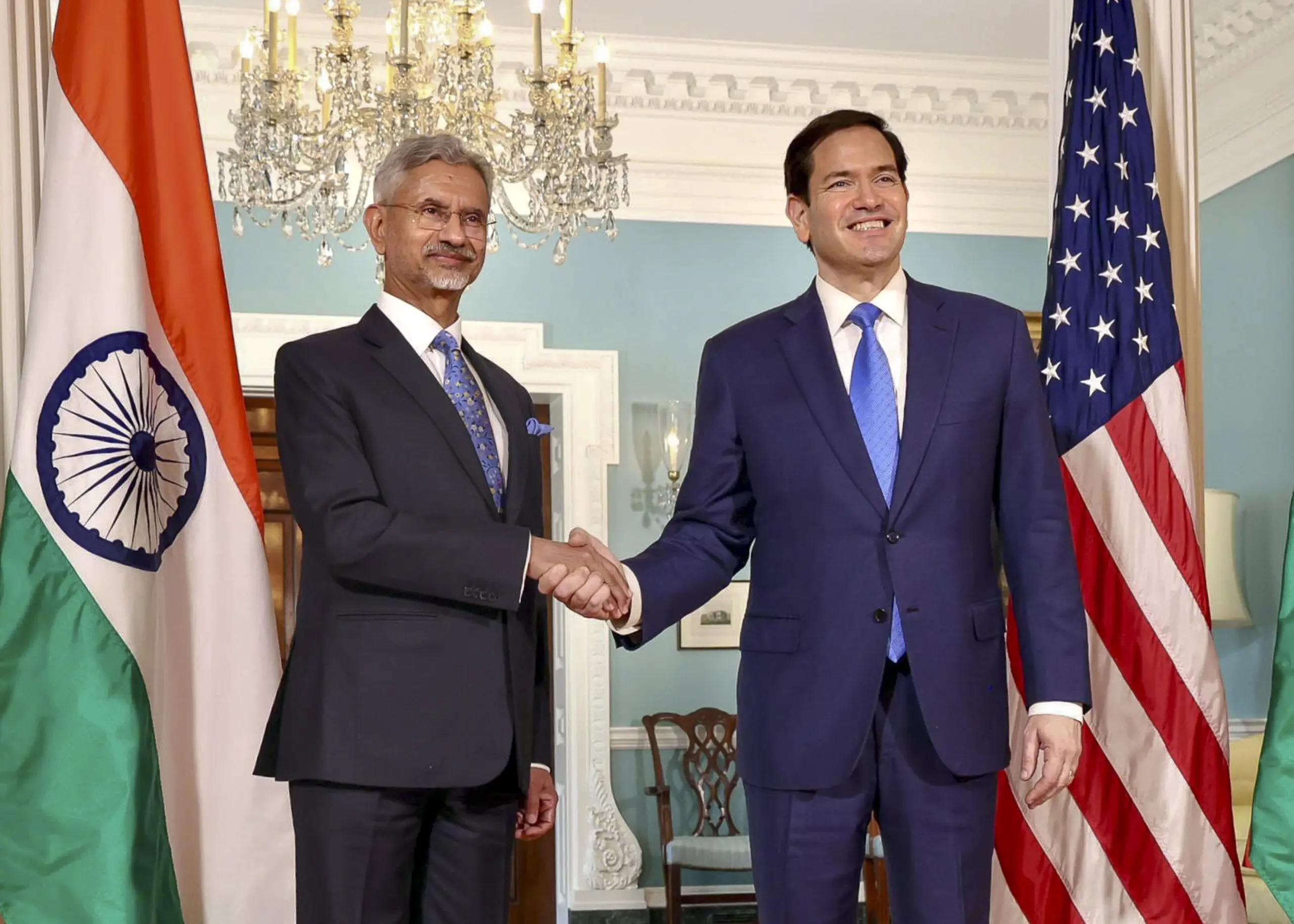AT a question-and-answer session that followed the delivery of the Ramnath Goenka lecture on November 17, 2019, External Affairs Minister S Jaishankar was asked about the problems in India-US trade relations, amidst ties that were moving forward.
The Minister observed that India alone was not facing challenges in dealing with the US, and went on to add, “I think frankly in our case that is vastly overstated.”
The Minister was right. Many countries, indeed, were facing difficulties in dealing with Trump, even at the time in his earlier avatar. In the current context, his comment is vastly ironic.
Certainly, Jaishankar occupies a special place in the history of India-US relations. Not just because he is India’s External Affairs Minister, but also because in the annals of the Indian Foreign Service, few have had his kind of experience dealing with the subject. Today, though, as the application of 50 per cent US tariffs kicks in, the question is, ‘Could India have foreseen what was going to happen?’
As a person given to reflection, and in light of his vast experience as a former ambassador to the US as well as to China, besides having served in Russia as a junior diplomat, many expect a clear-eyed response from my former colleague, Jaishankar. At a difficult time like the present in India’s foreign policy, would it be fair to ask, “Why has India been blindsided by Trump 2.0?”
At the time in 2019, as part of his aforesaid Q & A following the Ramnath Goenka lecture, Jaishankar had observed that “trade frictions” often took place between trading partners. Surprisingly, he went on to claim that, in India, problems are sometimes exaggerated “beyond belief”, because people want to show how bad things are. He went on to express “reasonable confidence” that difficulties in trade would not impact other areas of India-US ties. As we all know, the situation is vastly different today. As of now, however, Jaishankar has only said that lines of communication between India and the US have not been cut. This is neither here nor there.
The 2019 Q & A begs the question: Why did India go so wrong in assessing that Trump 2.0 would be so inflexible on trade issues? After all, the Ministry of External Affairs and the External Affairs Minister would have had the opportunity of early feedback of what Trump and his key aides thought on trade and foreign policy, including when Jaishankar attended Trump’s inaugural in January and was a key member of Prime Minister Modi’s visit to Washington in February.
Did he and India not gauge the Trump administration’s mood at the time? The larger question is when the Modi government saw the clash coming and what it has done so far to assuage the most powerful leader in the world, Donald Trump.
There is no question of India succumbing to the US President’s pressures on matters of vital economic and commercial significance. Clearly, agriculture and dairy come in these categories. That Trump is applying double standards on the purchase of Russian oil by exempting China is true, but the question that remains is, how does India propose to deal with this matter.
There is bipartisan support for India in the US Congress. In the past, US industry was invoked at crucial moments to overcome obstacles in India-US ties. Moreover, no Indian ruling dispensation has put so much store on the Indian diaspora as this one has. How is the Modi government planning to invoke the three ‘brahmastras’ in its quiver?
Trump seems obsessed with claiming that he had mediated a ceasefire between India-Pakistani armed hostilities in May and had even, potentially, averted a nuclear catastrophe. He is certainly not the first US leader to have intervened in India-Pakistan armed action, although the others were discreet because of Indian sensitivities. India has correctly taken the position that the pause in Operation Sindoor was its own decision, taken after the Pakistani DGMO approached his Indian counterpart. While maintaining this position, did the Modi government attempt to find a formulation, which while preserving India’s position would have, at least, partially satisfied Trump?
The essence of diplomacy lies in finding such formulations. This is especially when conversations were going on between India and the US (as well as among other countries) during Operation Sindoor, as Jaishankar has himself said. It is not contradictory to firmly don the cloak of nationalism and yet find diplomatic ways to assuage even an obsessed leader like Trump.
One can only hope that Jaishankar with his vast experience of handling the US will be able to close the chasm that has developed. Certainly, he is currently facing the greatest test of his career; crisp one-liners or long-winded clarifications about the justness of India’s position (which, of course, it is) will not do!
